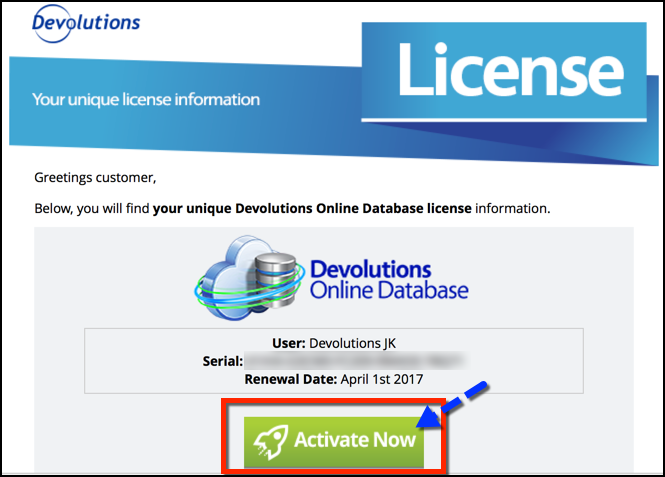

Next, make sure that the database still has the correct permissions set for the group containing your RD Session Host servers.įigure 6: Permissions on restored database In this case I’m attaching a copy of the. Based on your backup mechanism and the version of SQL Server you’re running, the steps needed may vary. We now restore the database in SQL Server. In this case I used an AD security group containing the RD Connection Broker servers and added that as a security principal in SQL Server.Īlso make sure that the SQL Server is accessible for the RD Connection Broker Servers on TCP port 1433.Īlso check that the RDMS service on all RD Connection Broker servers is stopped. Make sure you set the correct permissions for the RD Connection Broker server to be able to create the database. From this point we’re assuming that SQL Server is running again. The basic installation of SQL Server 2012 goes beyond the scope of the article. Since we are going to be restoring the original database make sure you rebuild the SQL server with the same version and that the name of the server and SQL instance is the same as before. First the SQL Server instance itself must be rebuilt. In case the SQL Server instance is completely lost but you still have a backup of the database several configuration settings are needed but you will most likely still be able to retrieve all configuration settings. Recover the RD Connection Broker’s SQL Server instance If we now reopen (or refresh) the RDMS console inside the server manager the deployment should be visible and fully restored.Ģ. Now start the RDMS services again on all RD Connection Brokers. In this case I used the SQL Server Manager, but this can obviously be any SQL backup solution. Then restore the RDMS database from a backup. In case the RD Connection Broker database itself for some reason has been lost (corrupted, accidentally removed, etc.) and a backup of the database still exists, recovery is relatively easy and you will most likely be able to retrieve all configuration settings.įirst check that the RDMS service on all RD Connection Broker servers is stopped. Recover just the RD Connection Broker Database Let’s look at the different recovery scenarios.ġ.

On all RD Connection Broker servers that are part of the deployment we will notice that the RDMS service is stoppedĪnd all RD Connection Broker servers that are part of the deployment will show the following error in the event log, event ID 2048.įigure 3: Event ID 2048 Recovery scenarios Upon opening the Remote Desktop Management Service (RDMS) as part of Server Manager we will see the following error. The RD Connection Broker servers are unable to connect to the database. In any of the scenarios that we will be describing, the result from a RD Connection Broker perspective is the same. In this article we will discuss several recovery scenarios. In case you do have to recover from a loss of the RD Connection Broker Database, there are several ways to perform this recovery based on what exactly got lost.

To overcome this, it’s important to also take a close look at options to setup a High Available SQL Server environment for your RD Connection Brokers. Besides that, regular backups of your RD Connection Broker database are obviously also strongly advised and will save you a lot of trouble in case of a serious SQL Server outage. However, since all RD Connection Brokers in a HA solution use the same central SQL Server database, this database (and the instance it’s running on) suddenly become your Single Point of Failure.

Since the role of the RD Connection Broker is so important, a big improvement has been made in the ability to create an active-active highly available (HA) solution.
#MICROSOFT REMOTE DESKTOP MANAGER LOST ALL CONNECTIONS HOW TO#
For more info on setting up RD Connection Broker HA see: How to configure High Availability for RD Connection Broker on Windows 8. And when put in High Availability mode this database is stored on a central SQL Server where multiple RD Connection Broker servers can read and write to it. Most of the deployment configuration is stored in the RD Connection database. As you probably know the RD Connection Broker in a VDI / RDS deployment plays a very central and important (if not crucial) role on Windows Server 2012.


 0 kommentar(er)
0 kommentar(er)
